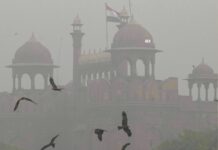India is incredible. Incredible is India. There could not have been a better adjective for the entire experience of living and having to experience the country.
Every place has a story, and while there might be people who strive to dig up stories of the cities, there are still many Indian villages that have even bizarre, weird, amazing, inspirational stories, all condensed into one word – INCREDIBLE.
1. The Kathewadi Miracle

Kathewadi is a small village in the Nanded district of Maharashtra. After a six hour-long journey from Hyderabad, panning two states, you will never realize that alcoholism masqueraded in Kathewadi.
Alcoholism was prevalent among 70-80% of the population. And now? Plummeted to 0% in a year and half. Statistics speak for themselves. Addicts would spend at most 100 rupees daily on alcohol.
After alcoholism disappeared, the funds went to self-help groups and helped to establish 110 toilets in a village where open defecation was the norm!
2. One of the world’s first democracies
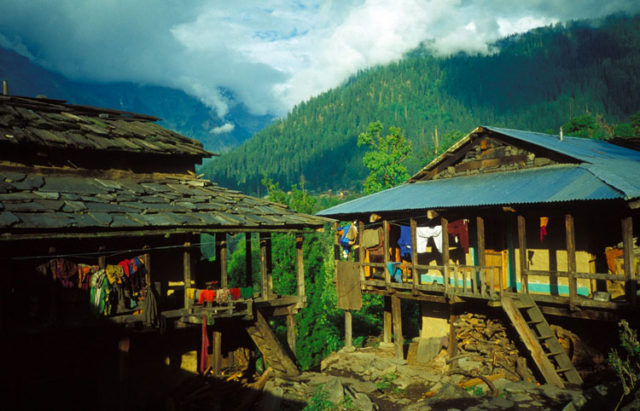
And that is Malana an ancient village in the state of Himachal Pradesh. Not the Malana which is often dubbed as “stoners’ paradise”. See, this is what cultural appropriation does – it makes you blind to the information a place holds.
Malana is little known as the “Athens of the Himalayas” because it is often considered as one of the oldest democracies of the world. Malanis have their own system which manages the village affairs. A little republic.
In Malana, the social structure lives through the villagers’ faith in their deity – Jamlu Devta. The locals believe that the devta chooses the village council which will take care of the internal affairs of the community.
And just like in ancient Greece, the 11 representatives of Jamlu Devta perform direct democracy.
3. Did someone spill the beans about Jambur?
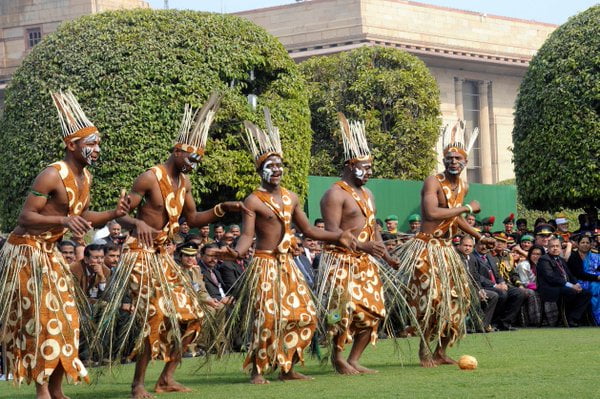
Jambur is a village in Gujarat. From a distance, it seems like any other Indian village where women wear colourful sarees, people speak Gujarati among themselves.
But there are still communities that remain sub-Saharan in their physical appearances, music and religious practices. This community is called Sidi.
Sidis (or Siddis) were Bantu people brought in India as slave labourers. The “Khushboo Gujarat Ki” advertisement video has captured the community.
However, the Siddis are usually indistinguishable from the Indian population as they have “Indianized” their culture through all those years.
Read More: Watch How Seven Villages In India Are Dependent On Chinese Food For Survival
4. This village doesn’t have doors
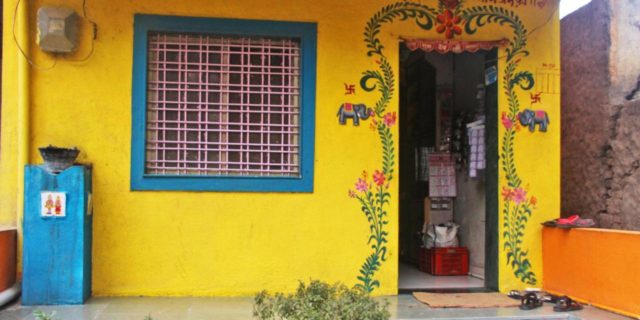
Shani Shingnapur’s houses don’t have doors. Not kidding.
The villagers believe that the temple and the gods will guard them, as a local belief goes that if any person steals anything or commits dishonesty, s/he will face seven and a half years of bad luck.
Houses only have curtains, and sometimes barriers to keep stray animals away, but that is it. Clearly, the police do not have a role in the village, hence added to no theft and no robbery, the village does not have a police station. Sab Shani bharose!
5. Friends of every bird

Some of the rarest species of Indian birds are found in this remote village of Karnataka called Kokkarebellur or Kokrebellur. The concentration of exotic species is so huge that people mistake Kokrebellur, from the Mandya district for a wildlife sanctuary.
One striking thing that would cross your mind is – birds have built nests in proximity to the villages.
In return, the villagers have even built separate shelters for migratory birds to rest and heal themselves if they were injured during their flight.
India is a conglomerate of many different stories, and we find that some villages are still thriving on them. The fact that stories matter to so many villages is a clear reflection of how diverse practices the Indian subcontinent follows.
Image Credits: Google Images
Sources: TechSangam, BBC, Wikipedia






